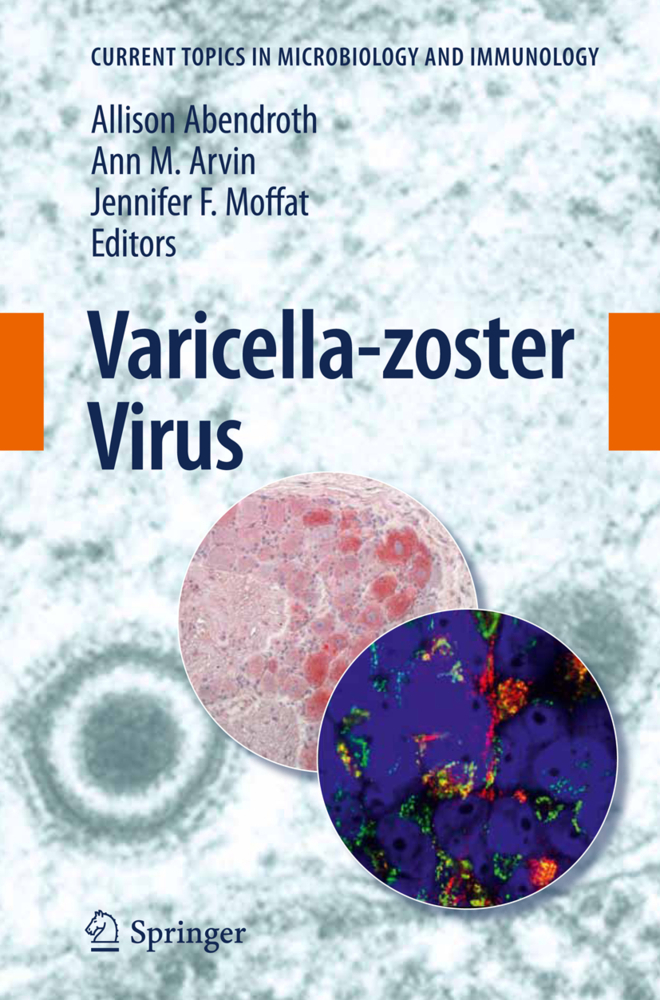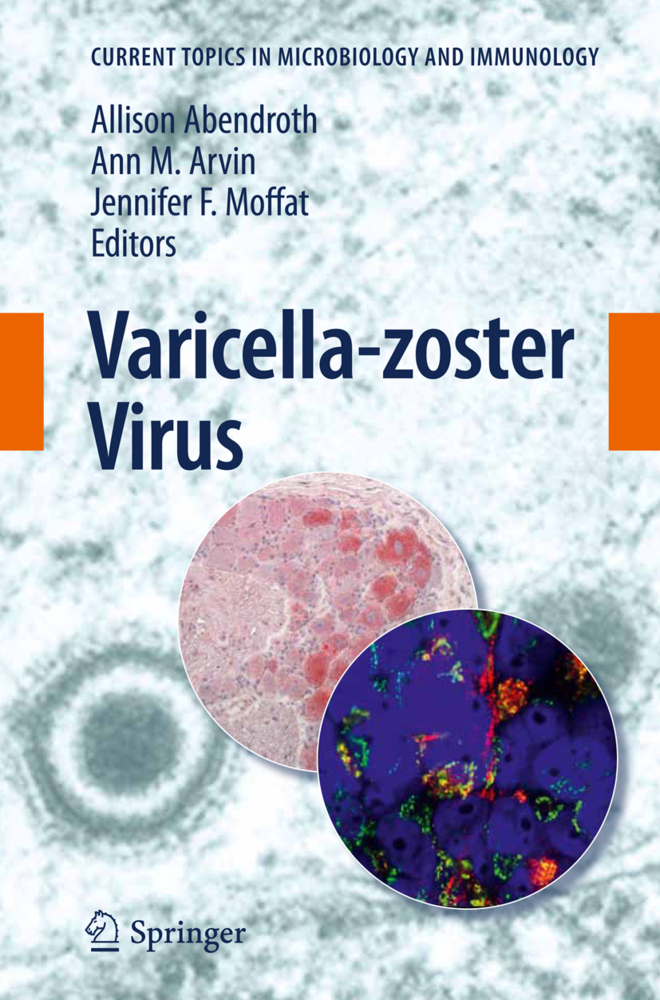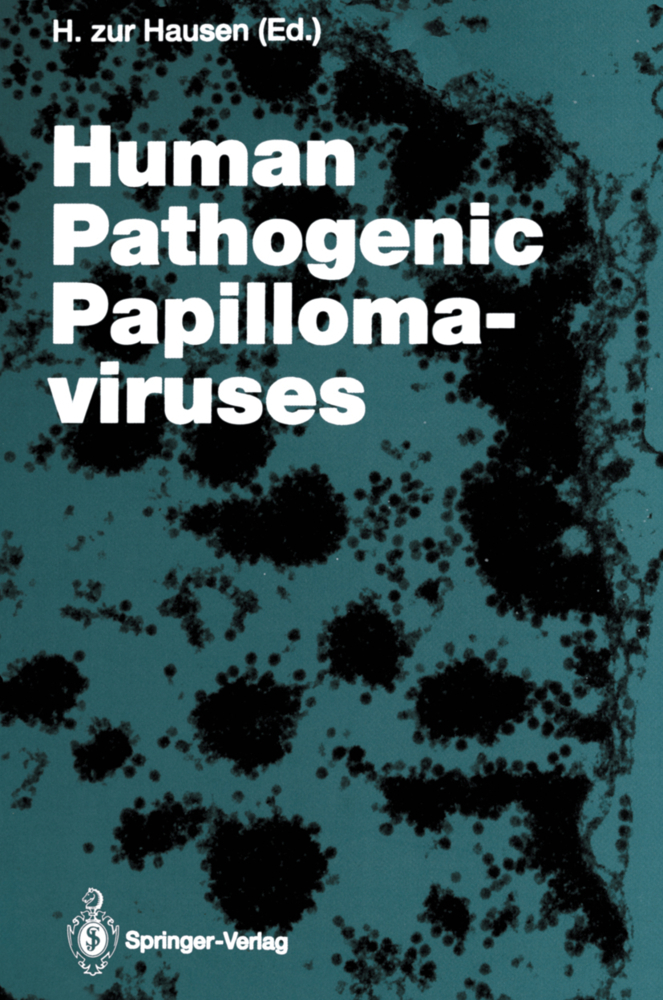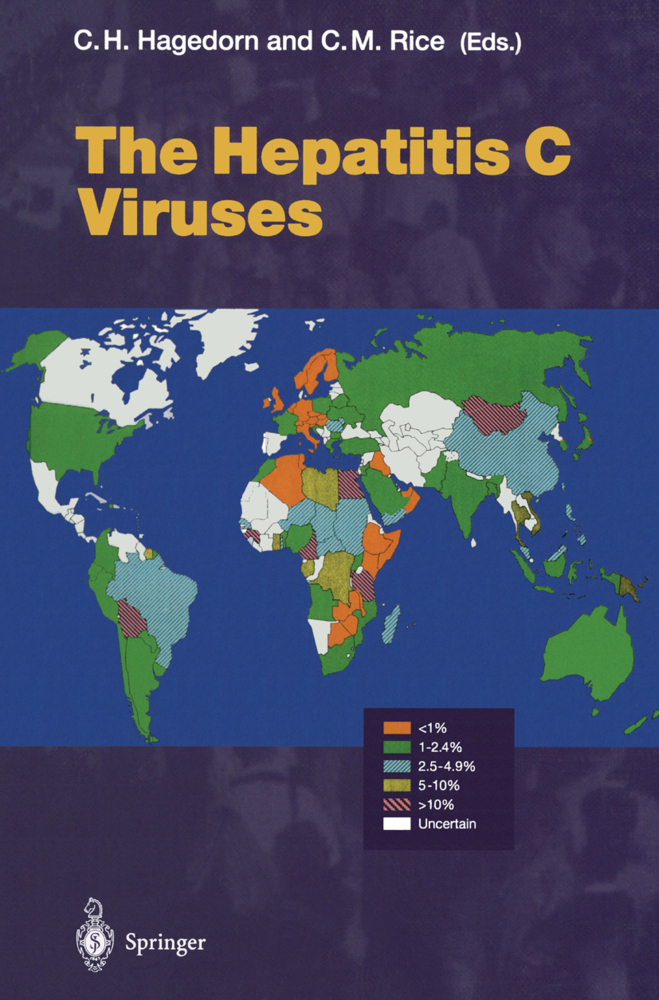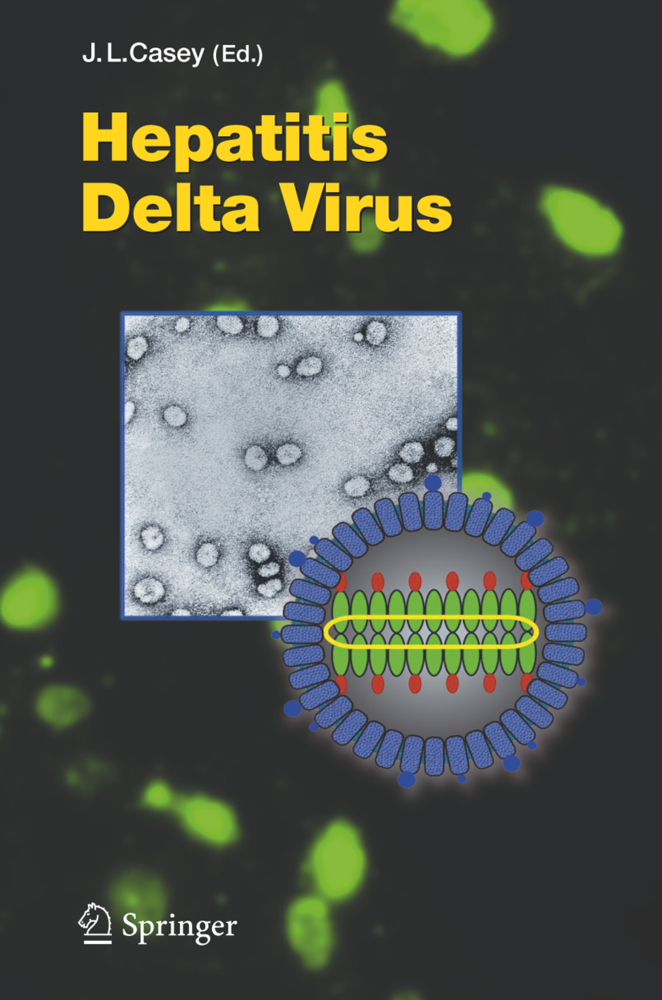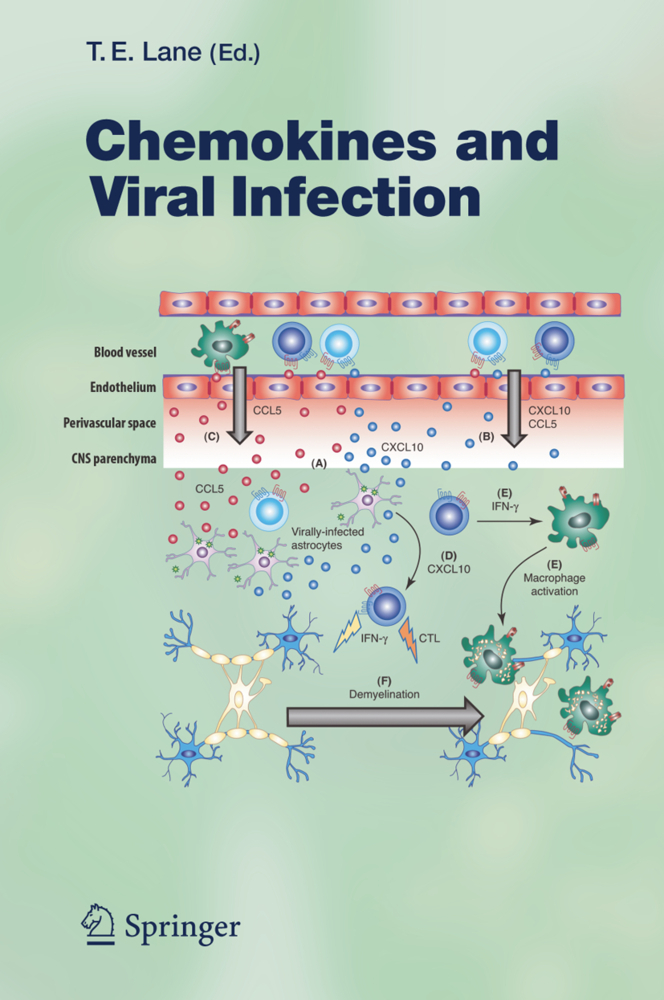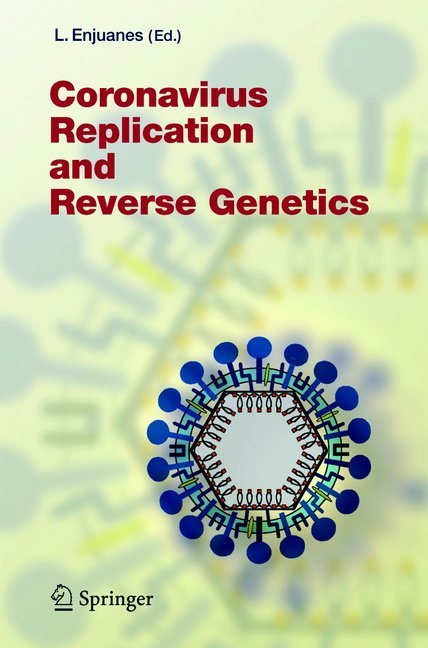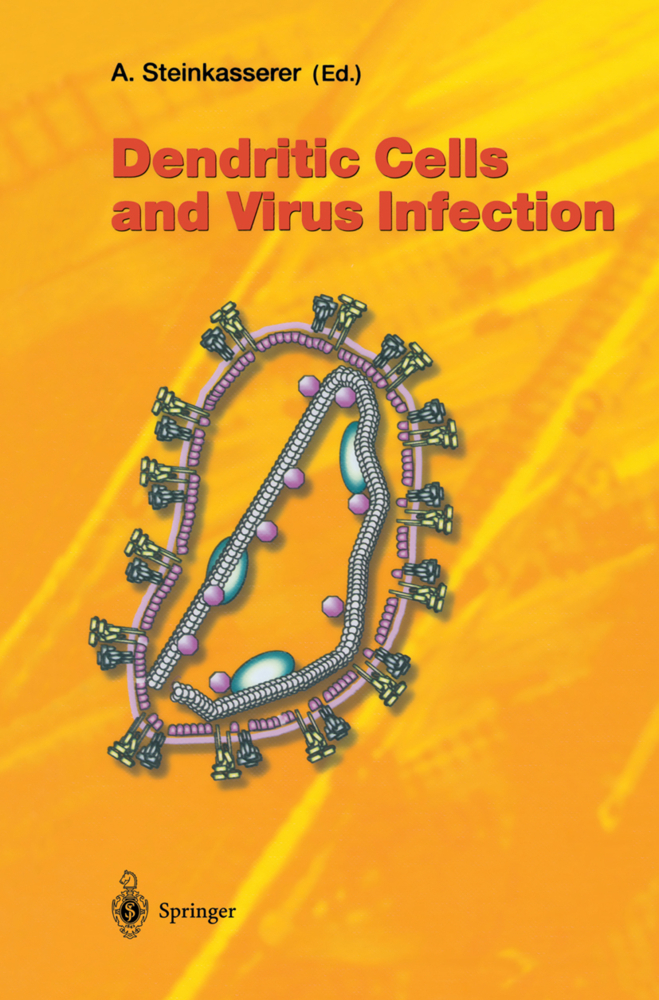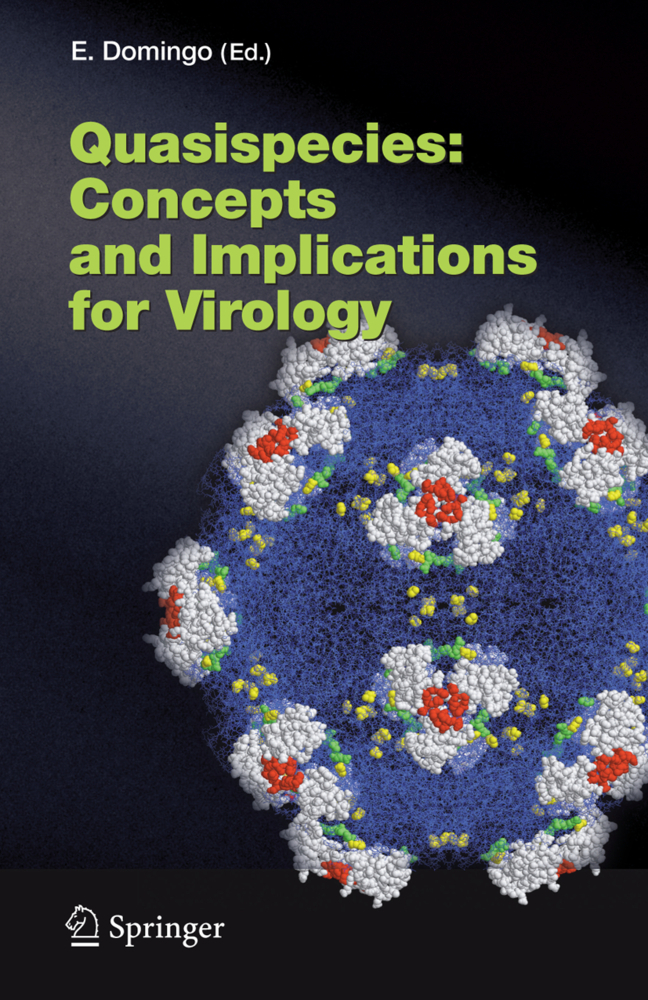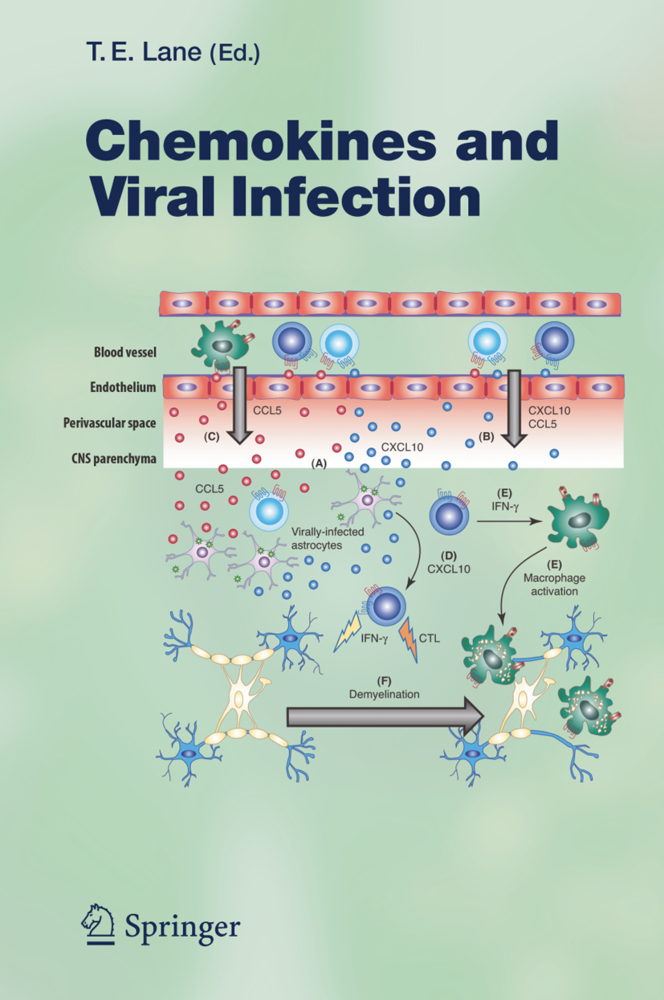Varicella-zoster virus is a common human pathogen that causes varicella (chickenpox), establishes latency in sensory nerve ganglia and can reactivate many years later as herpes zoster. Although the VZV genome is the smallest of the human herpesviruses, VZV genes encode at least 70 proteins. Molecular epidemiologic approaches based on genomic sequencing have documented the global distribution of VZV in distinct clades that reflect patterns of human migration. Contemporary molecular methods are making it possible to dissect how VZV gene products support the viral life cycle, including those that are necessary for viral replication, virion assembly and egress as well as those that permit take over of the host cell by modulating cell cycle regulation, survival and intrinsic antiviral responses. Progress is also being made in understanding the events in VZV pathogenesis and the viral tropisms for keratinocytes, T cells, dendritic cells and neurons during primary infection, latency and reactivation and the innate and adaptive host responses that modulate these events. New insights about molecular virology and pathogenesis have emerged from comparative studies of VZV and simian varicella virus. VZV is the only human herpesvirus for which vaccines to prevent both primary and recurrent infection are approved and VZV vaccines have had significant public health benefits. These achievements and new directions that are unfolding are described in this review of VZV basic and clinical research
Roles of Cellular Transcription Factors in VZV Replication
Effects of Varicella-Zoster Virus on Cell Cycle Regulatory Pathways
Varicella-Zoster Virus Open Reading Frame 66 Protein Kinase and Its Relationship to Alphaherpesvirus US3 Kinases
VZV ORF47 Serine Protein Kinase and Its Viral Substrates
Overview of Varicella-Zoster Virus Glycoproteins gC, gH and gL
Analysis of the Functions of Glycoproteins E and I and Their Promoters During VZV Replication In Vitro and in Skin and T-Cell Xenografts in the SCID Mouse Model of VZV Pathogenesis
Varicella-Zoster Virus Glycoprotein M
Varicella Zoster Virus Immune Evasion Strategies
VZV Infection of Keratinocytes: Production of Cell-Free Infectious Virions In Vivo
Varicella-Zoster Virus T Cell Tropism and the Pathogenesis of Skin Infection
Experimental Models to Study Varicella-Zoster Virus Infection of Neurons
Molecular Characterization of Varicella Zoster Virus in Latently Infected Human Ganglia: Physical State and Abundance of VZV DNA, Quantitation of Viral Transcripts and Detection of VZV-Specific Proteins
Neurological Disease Produced by Varicella Zoster Virus Reactivation Without Rash
Varicella-Zoster Virus Neurotropism in SCID Mouse-Human Dorsal Root Ganglia Xenografts
Rodent Models of Varicella-Zoster Virus Neurotropism
Simian Varicella Virus: Molecular Virology
Simian Varicella Virus Pathogenesis
Varicella-Zoster Virus Vaccine: Molecular Genetics
VZV T Cell-Mediated Immunity
Perspectives on Vaccines Against Varicella-Zoster Virus Infections.
The Varicella-Zoster Virus Genome
VZV Molecular EpidemiologyRoles of Cellular Transcription Factors in VZV Replication
Effects of Varicella-Zoster Virus on Cell Cycle Regulatory Pathways
Varicella-Zoster Virus Open Reading Frame 66 Protein Kinase and Its Relationship to Alphaherpesvirus US3 Kinases
VZV ORF47 Serine Protein Kinase and Its Viral Substrates
Overview of Varicella-Zoster Virus Glycoproteins gC, gH and gL
Analysis of the Functions of Glycoproteins E and I and Their Promoters During VZV Replication In Vitro and in Skin and T-Cell Xenografts in the SCID Mouse Model of VZV Pathogenesis
Varicella-Zoster Virus Glycoprotein M
Varicella Zoster Virus Immune Evasion Strategies
VZV Infection of Keratinocytes: Production of Cell-Free Infectious Virions In Vivo
Varicella-Zoster Virus T Cell Tropism and the Pathogenesis of Skin Infection
Experimental Models to Study Varicella-Zoster Virus Infection of Neurons
Molecular Characterization of Varicella Zoster Virus in Latently Infected Human Ganglia: Physical State and Abundance of VZV DNA, Quantitation of Viral Transcripts and Detection of VZV-Specific Proteins
Neurological Disease Produced by Varicella Zoster Virus Reactivation Without Rash
Varicella-Zoster Virus Neurotropism in SCID Mouse-Human Dorsal Root Ganglia Xenografts
Rodent Models of Varicella-Zoster Virus Neurotropism
Simian Varicella Virus: Molecular Virology
Simian Varicella Virus Pathogenesis
Varicella-Zoster Virus Vaccine: Molecular Genetics
VZV T Cell-Mediated Immunity
Perspectives on Vaccines Against Varicella-Zoster Virus Infections.
Abendroth, Allison
Arvin, Ann M.
Moffat, Jennifer F.
| ISBN | 978-3-642-12727-4 |
|---|---|
| Artikelnummer | 9783642127274 |
| Medientyp | Buch |
| Copyrightjahr | 2010 |
| Verlag | Springer, Berlin |
| Umfang | XIV, 378 Seiten |
| Abbildungen | XIV, 378 p. |
| Sprache | Englisch |

